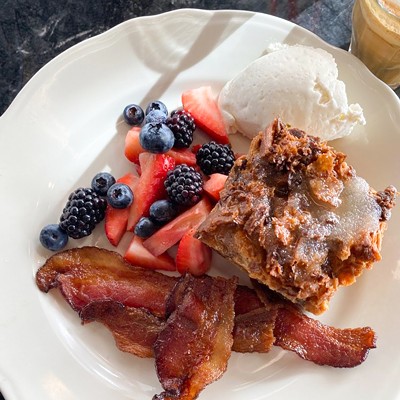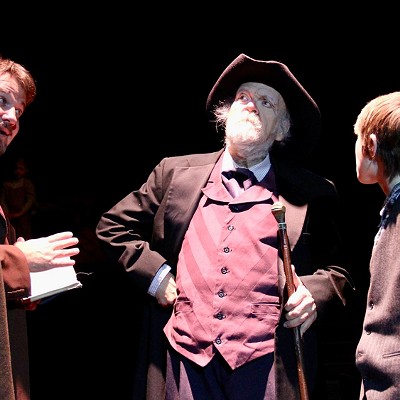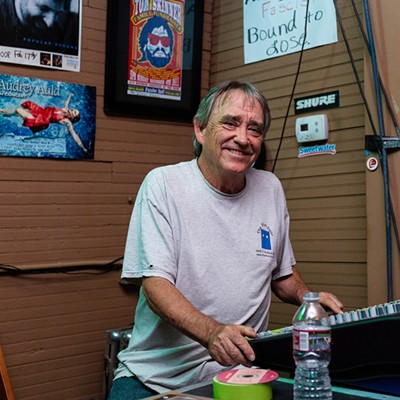
City Public Works Director Eric Wenger and city Planning Director Russell Claus updated the Oklahoma City Council on the boulevard project at the body’s July 31 meeting. Wenger reviewed five areas of construction that will be built on the existing right of way of the old Interstate 40 crosstown.
Funded by the federal government, the $80 million boulevard is scheduled for completion by 2014. At that time, ownership of it — with the exception of the on/off connections to I-40 — would be turned over to the city.
The project has come under scrutiny by some city officials and business owners opposed to a plan that would elevate part of the boulevard around Western, Classen and Reno. While ODOT contends the design is necessary to get traffic efficiently in and out of downtown, detractors say it would create a barrier for businesses and property owners west of that location and cut them off from downtown development.
One group, Friends for a Better Boulevard, has instead pushed for a roundabout to keep the boulevard at grade and let it intersect with the other streets. The organization will have a town hall meeting on the issue at 6:30 p.m. Monday at the Oklahoma City Farmers Public Market, 311 S. Klein.
Meanwhile, ODOT has announced it will host a public meeting at 5:30 p.m. Aug. 21 at the Coca-Cola Bricktown Events Center, 425 E. California Ave. That event will include a formal presentation of boulevard design concepts, with a focus on a change that takes it from the original six-lane plan to its current fourlane design.
During last week’s City Council presentation, Wenger said that change stemmed directly from the city working closely with ODOT engineers on the proposal.
‘Bridge’ section
The most controversial aspect of the boulevard concerns the so-called bridge section crossing Western, Classen, Reno and Shartel.
During the council meeting, Wenger said a proposed bridge over those streets might feature a vertical retaining wall.
The final design is still undetermined, however, and ODOT has indicated it also is considering a roundabout option.
That possibility would be complicated because it would feature 10 legs, eight of which would be considered critical streets, and two of which would be for Western Avenue — a major artery into and out of downtown.
Wenger said another option, an elevated roundabout, could complicate efforts, as well.
Claus told council members that when planners were looking at development around the boulevard, they primarily focused on the area from Oklahoma Avenue to Walker Avenue, and didn’t look much at the area around Western, Classen and Reno

Claus added that the Core to Shore plan, which aims to revitalize the area from downtown to the Oklahoma River, was based on the assumption that ODOT already had decided on a bridge at the Western, Classen and Reno area.
Moreover, he said he is concerned that a retaining wall could hamper future redevelopment between the western side of the boulevard and downtown.
Claus added, however, that such redevelopment likely would be decades away.
“I don’t think the redevelopment is so much impacted by what is there at this point in time, as rather the context there and the separation from downtown,” he said. “There’s too much ‘no man’s land’ in between the Farmers Market and downtown. But it’s important that, once we do develop the west end of downtown, that connection is able to be made there.”
Claus also expressed concerns that a 10-leg roundabout would probably be too complicated to pull off, although options other than a bridge could be viable.
Ward 2 Councilman Ed Shadid, Oklahoma City Public Farmers Market owner Burt McAnally and several other citizens encouraged the council to consider other options that would allow future development.
In the end, the council agreed.
Wenger and City Manager Jim Couch said city staff would seek an outside consultant to explore options that could then be submitted to ODOT.











